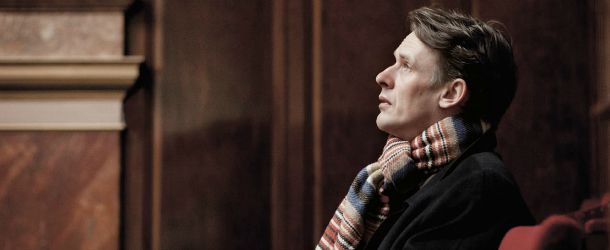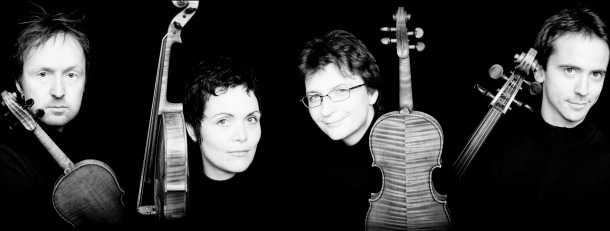Tag: Benjamin Britten
-

PROGRAM NOTES: IAN BOSTRIDGE & WENWEN DU
Gustave Mahler Three Des Knaben Wunderhorn Songs The collection of German folk poetry published between 1805 and 1808 under the title Des Knaben Wunderhorn (The Youth’s Magic Horn) had an enormous influence on the development of German lyric poetry and song in the 19th century, and the artless simplicity of these verses was particularly attractive…
-

PROGRAM NOTES: ARCANTO QUARTET
This evening the Arcanto Quartet offers us a chance to explore chamber music from the end of the 17th century to the recent past, sampling music for four players by Henry Purcell (1659–95), Ludwig van Beethoven (1770–1827), and Benjamin Britten (1913-1976). Henry Purcell Long before the primacy of the string quartet, consort music for…
-

A LETTER FROM ANTHONY ROTH COSTANZO
As I enter my 20th year of professional performance, I have been reflecting on the most resonant musical moments throughout my development as a singer. From my beginning as a Broadway baby to my now daily dances with Handel, I have realized that there is a lot of music in between those two poles which…
-

PROGRAM NOTES: ANTHONY ROTH COSTANZO
Henri Duparc was, with Berlioz and Fauré, among the pioneers of la mélodie (the French art song, as distinguished from folk song). His career was remarkable in that although he lived for 85 years, his reputation rests on barely more than a dozen songs. “Chanson triste” was Duparc’s first song, written at the age…

